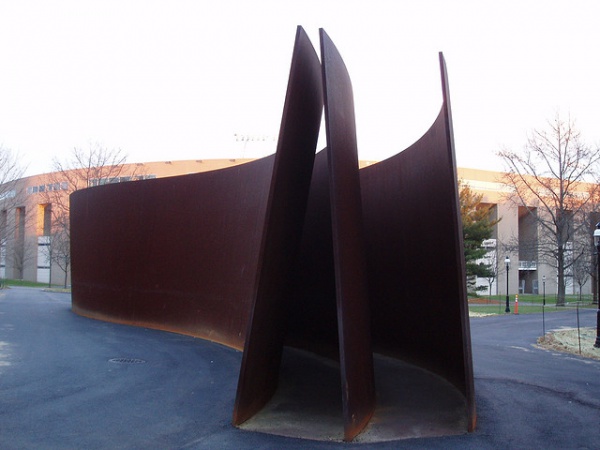Facts About The Hedgehog and the Fox
"The Hedgehog and the Fox" is a captivating Minimalist sculpture by Richard Serra, which was installed at Princeton University in 2000. Commissioned by alumnus Peter Joseph as a tribute to his children, this monumental piece consists of three massive, serpentine steel sheets, each standing 15 feet high and stretching 94 feet in length. These 2-inch thick steel plates seamlessly integrate with the environment.
The sculpture takes its name from an essay by Isaiah Berlin, which examines the notion that some thinkers (hedgehogs) focus on a single overarching principle, while others (foxes) pursue multiple, diverse ideas. Serra's work invites viewers to engage with it physically by navigating through its winding paths, metaphorically representing an intellectual quest.
Serra envisioned "The Hedgehog and the Fox" to redefine the space it inhabits and stimulate meaningful conversations among its audience. The rusted steel, evoking the hue of a fox, creates a visual interplay with the surrounding architecture, enriching its environment.
Serra's profound connection to steel as a medium stems from his experiences working in steel mills and his father's employment at a shipyard. His sculptures are crafted to engage viewers and prompt them to reconsider conventional perceptions. "The Hedgehog and the Fox" epitomizes Serra's artistic vision, fostering interaction, dialogue, and intellectual exploration through its physical presence.

 Canada
Canada